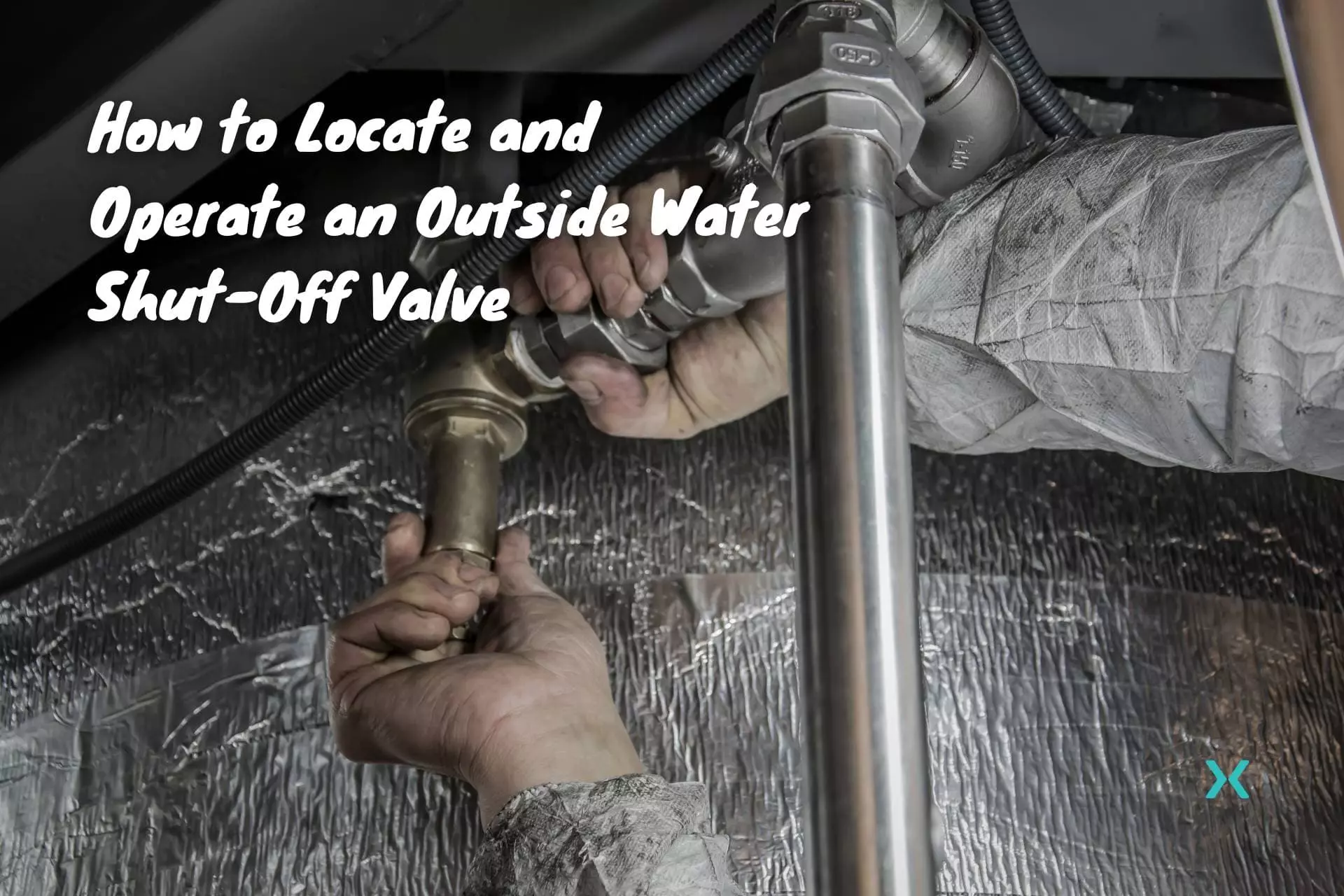Knowing how to locate and operate an outside water shut-off valve is essential for homeowners. This knowledge can be crucial in preventing water damage, controlling water flow issues during repairs, and handling emergencies.
In this article, we will discuss in detail how to locate and operate your main water valve.
Table of Contents
💧 Understanding the Importance of a Water Valve
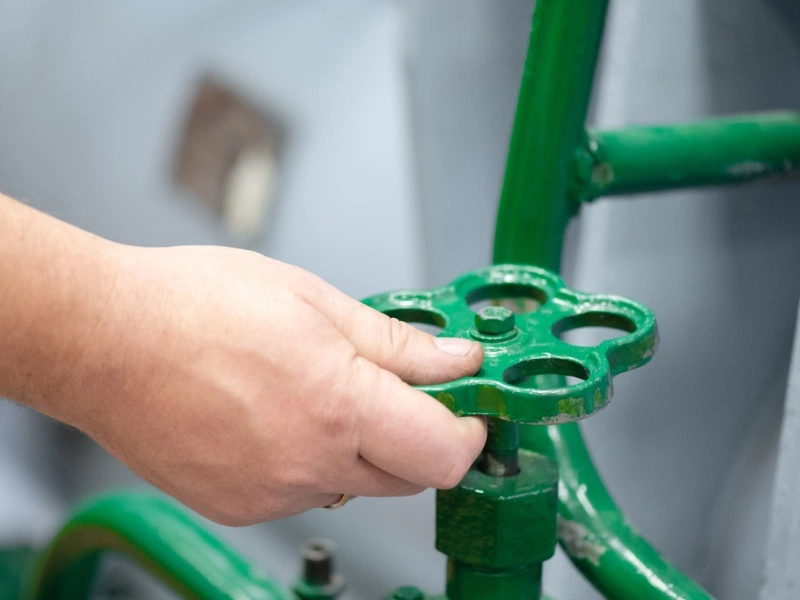
Before we delve into how to locate and operate an outside water shut-off valve, it’s essential to understand its importance.
An outside water valve is a fixture that helps prevent water damage to your home or property.
In case of a major water leak, turning off the water supply using the outside water line shut-off valve can help mitigate the damage caused.
🧰 Preventing Water Damage
The undisputed benefit of having an outside water shut-off valve is that it prevents water damage.
Picture a burst pipe in your home or yard; without a valve, water will continue to flow and can lead to thousands of dollars in water damage.
This can be especially problematic in areas with harsh weather conditions, where pipes are more prone to bursting.
Having a water valve lets you quickly and easily turn off the supply, preventing further damage to your property.
🧰 Controlling Water Flow During Repairs
An outside water valve is also useful when carrying out repairs.
Sometimes, you may need to cut off the main water supply but don’t want to shut it down for the entire house or property.
Using the main water valve lets you control water flow to specific sections, making repairs much easier.
This can save you time, money, hassle, and a major plumbing disaster, as you won’t have to shut off the main supply to your entire property.
🧰 Emergency Situations
In case of an emergency, such as a broken pipe or a water heater bursting, knowing the location of your outside water main valve could save your home from water damage.
Water damage can happen quickly, and having the ability to turn off the supply using the shut-off valve can help minimize the damage caused.
It’s important to note that time is essential in plumbing emergencies.
By knowing where your external main valve is located and how to operate it, you can act quickly and prevent further damage to your property.
🧰 Regular Maintenance
Regular maintenance of your shut-off valve is essential to ensure it functions properly when needed.
You should check your water valve out at least once a year to ensure it’s in good working condition.
If you notice any leaks or damage to the valve, it must be repaired or replaced immediately.
By keeping your shut-off valve well-maintained, you can have peace of mind knowing that it will function properly in an emergency.
🧰 Why It’s Important
An outside water shut-off valve is an essential fixture for any homeowner or property owner.
It can help prevent water damage, control water flow during repairs, and act as a lifesaver in plumbing emergency situations.
Understanding the importance of a water valve and knowing how to locate and operate it can protect your property and save you from costly repairs.
Remember to regularly maintain your main water valve to ensure it functions properly when needed.
💧 Locating Your Outside Water Shut-Off Valve
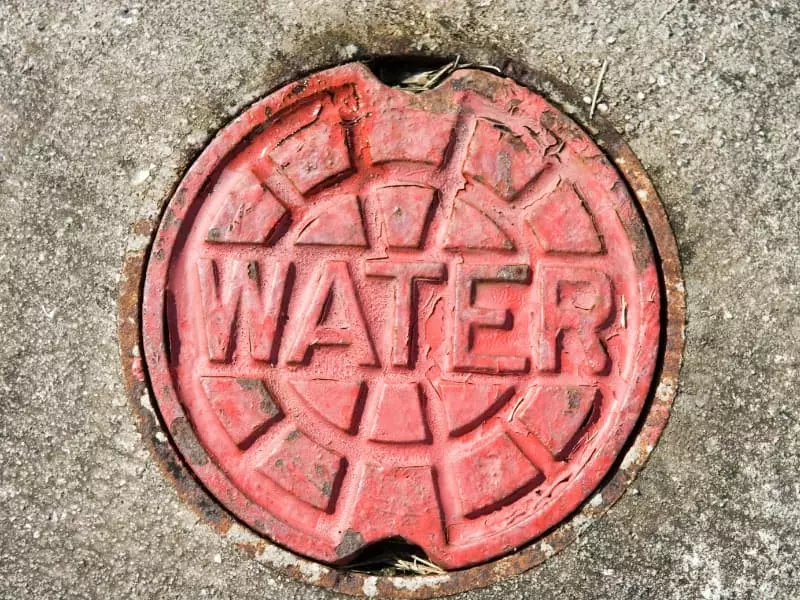
Knowing where to find your shut-off valve is as important as knowing how to operate it.
Here are some tips for locating your valve:
🧰 Common Locations for Shut-Off Valves
Outside water shut-off valves can be found in several locations.
In most homes, it’s usually located near the house’s perimeter, around the area where your water meter is installed.
Other places to check include the front, back, or side of your home or near your garden hose spigot.
You could even try your crawl space if you still can’t find it.
If you’re struggling to locate it, call your water company; they can help.
🧰 Tools You May Need
While locating your shut-off valve is relatively easy, you may need some tools for the job.
Some tools to help locate the outside water valve include a metal detector or a metal pipe locator.
If you don’t have these tools handy, a simple search around the house usually suffices.
🧰 Contacting Your Local Water Company for Assistance
If you’re struggling to locate your outside shut-off valve, the best option is to contact your local water company for assistance.
They usually have detailed information on where the main water shut-off valves are located for your property.
You can also seek help from a professional plumber who will install a visible valve for easy access.
💧 Operating Your Outside Water Shut-Off Valve
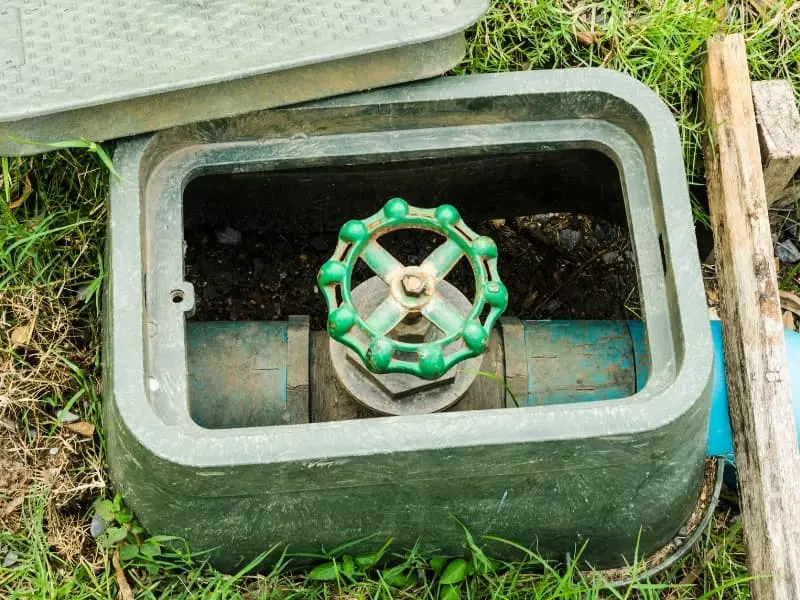
Operating an outside water valve is straightforward, and it’s something that you can quickly learn.
Here are some useful tips for operating your main water valve:
🧰 Types of Shut-Off Valves
Two types of shut-off valves can be installed on your property; a gate valve or a ball valve.
The gate shutoff valve is round and shaped like a wheel.
To close, turn the shut-off valve clockwise until it’s firmly closed.
The ball valve has a lever handle, and to close it, you turn the handle one-quarter clockwise until it’s tightly closed.
🧰 Turning the Valve Clockwise to Shut off the Water
To shut off the water supply, locate the valve and turn it clockwise until it’s tight.
This action will shut off the water.
🧰 Turning the Valve Counterclockwise to Restore Water Flow
When repairs have been completed, and you want to restore the water supply, turn the valve counterclockwise until it’s clear that it’s open.
Test this by turning on the faucet; when water flows smoothly, you can be sure the valve is now open.
✅ PRO TIP: Remember this old saying: Right tighty, Lefty loosely…
💧 Prefer To Watch A Video?
💧 Troubleshooting Common Issues with Shut-Off Valves
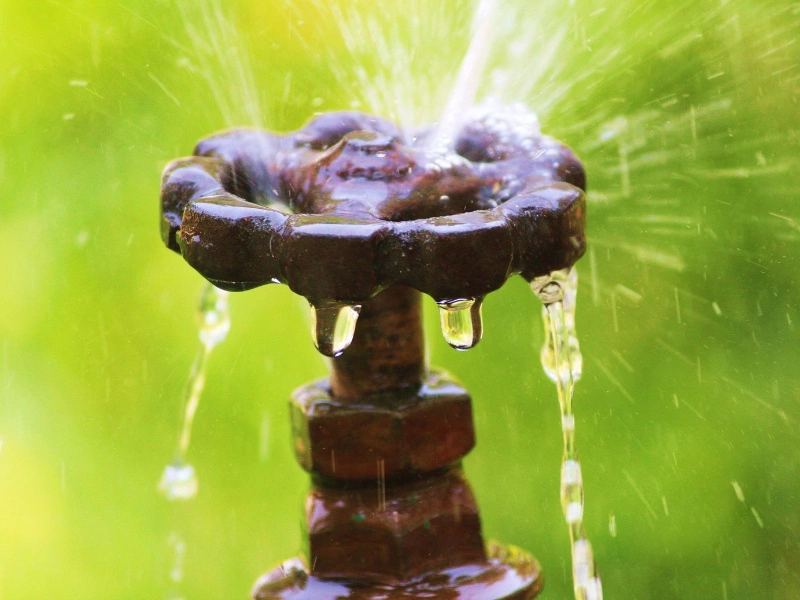
While operating an outside water valve is relatively simple, you may encounter some issues.
Here are some common problems and how to resolve them:
🧰 Stuck or Hard-to-Turn Valves
If the valve seems stuck or is difficult to turn, try gently tapping on the valve with a mallet or a hammer.
The force from tapping can help release any buildup of dirt or debris on ball valves that may be causing the valve to stick.
🧰 Leaking Valves
A leaking valve is a cause of concern, and you should address it immediately.
The leak could be because of a faulty gasket or even a crack in the valve body, which may require replacing the entire valve or just the gasket.
🧰 Broken Valve Handles
If the valve handle has broken off, use pliers to turn the valve.
Apply gentle pressure, taking care not to damage the valve, and turn the valve clockwise to shut off water or counterclockwise to restore water flow.
💧 Final Thoughts

Knowing how to locate and operate a main water valve is vital for homeowners.
Remember that while using the valve, turn it clockwise to shut off the flow of water and counterclockwise to restore water flow.
In case of any issues, such as a leaking valve or a broken handle, address them immediately to prevent water damage.
Always remember that shutting off the water supply using the outside shut-off valve can help prevent water damage.
Want to learn more about your home’s plumbing problems? Feel free to check out our other plumbing articles!
Related Reading: DIY Guide to 15 Common Plumbing Problems & Solutions

